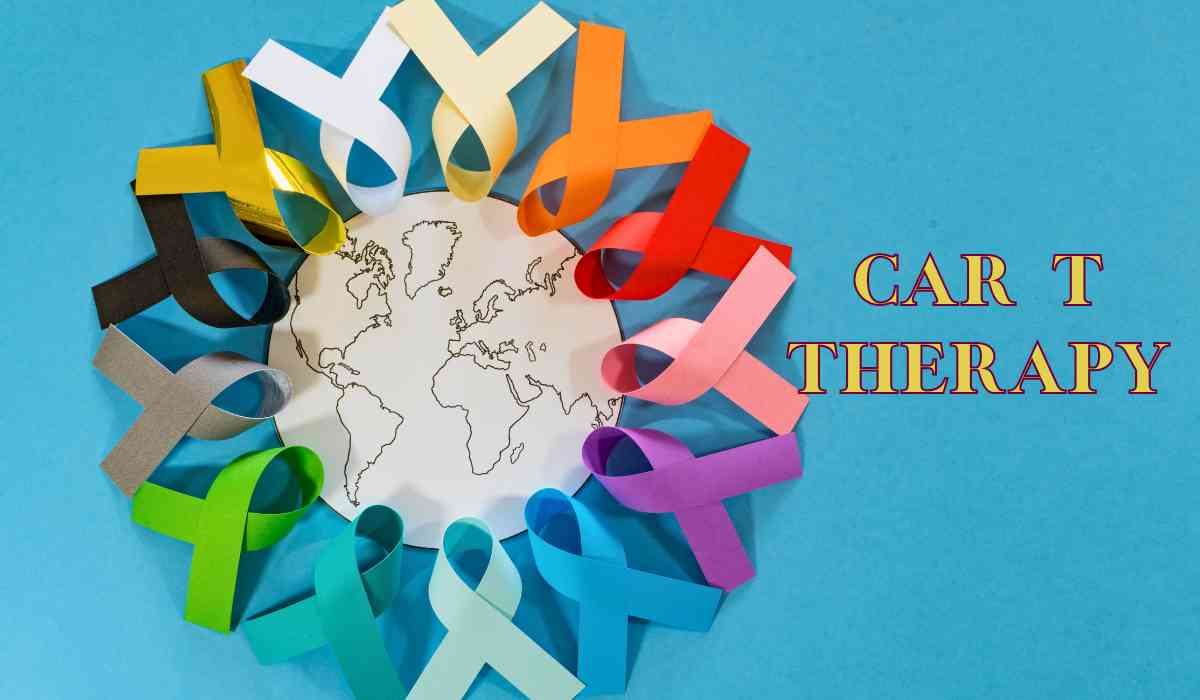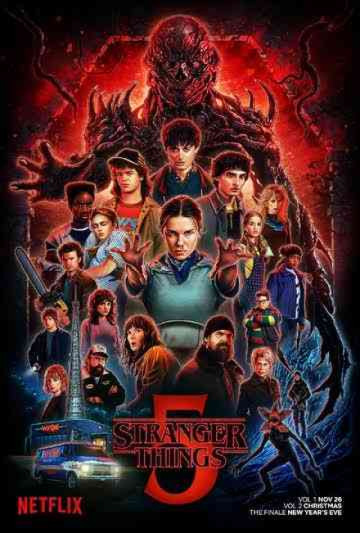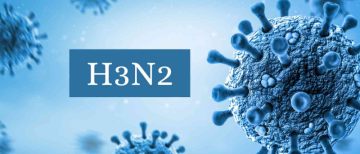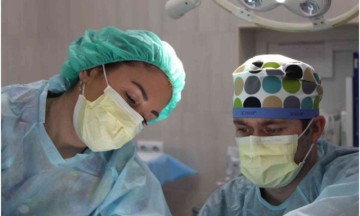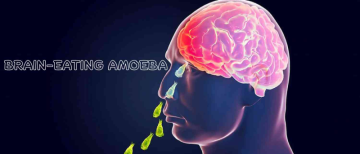In the hushed labs of medical science, a revolution is brewing—a transformation that pushes the boundaries of traditional cancer treatment. It's called CAR T therapy, and it's changing the game in the fight against cancer.
The Immune System Symphony
Picture this: you're going about your day blissfully unaware of the tiny warzone your body has become. Millions of sneaky invaders, i.e., bacteria and viruses, are constantly trying to infiltrate you and cause trouble. But you're not dead! Your immune system is like a well-trained army with different cell types, like foot soldiers and, if need be, snipers, all working together to keep you healthy.
Among these immunisation system warriors are the T-cells, the elite special forces. They're like highly trained scouts who can recognise and target specific vents. If they find a cell infected by a nasty bug, they can eliminate it immediately or call in reinforcements for a bigger attack.
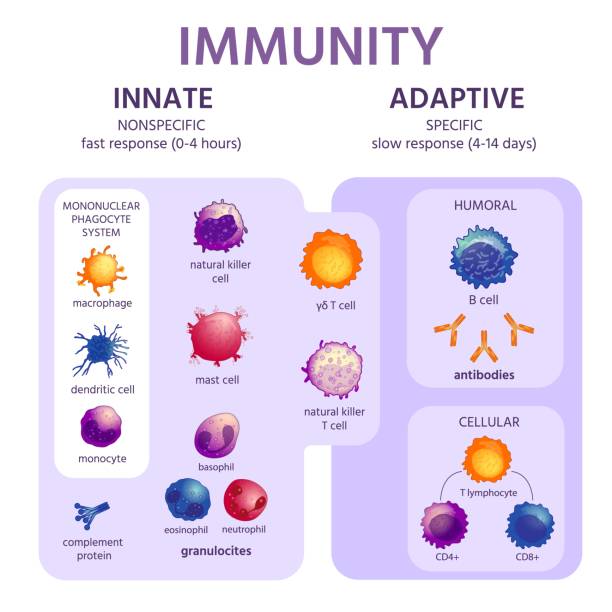
Now, CAR T therapy is like giving these elite T cells a superior upgrade. Scientists can basically train them to recognise cancer cells even better and give them a special weapon called a CAR (Chimеric Antigen Receptor). This CAR acts like a homing beacon, allowing the T cеlls to find and destroy cancеr cеlls with less focus. It's a powerful new tool in the fight against cancer and offers a glimmer of hope for many patients.
Understanding CAR T Therapy
-
Chimeric Antigen Receptor (CAR): Picture a tiny cellular bridge—a chimeric antigen receptor—connecting a patient's T cells (those valiant warriors of the immune system) to cancer cells.
-
The Genetic Shuffle: Scientists extract T cells from the patient's bloodstream and genetically modify them to express CARs.
-
The Big Infusion: These modified CAR T cells are reintroduced into the patient's body, armed and ready to recognise and attack cancer cells.
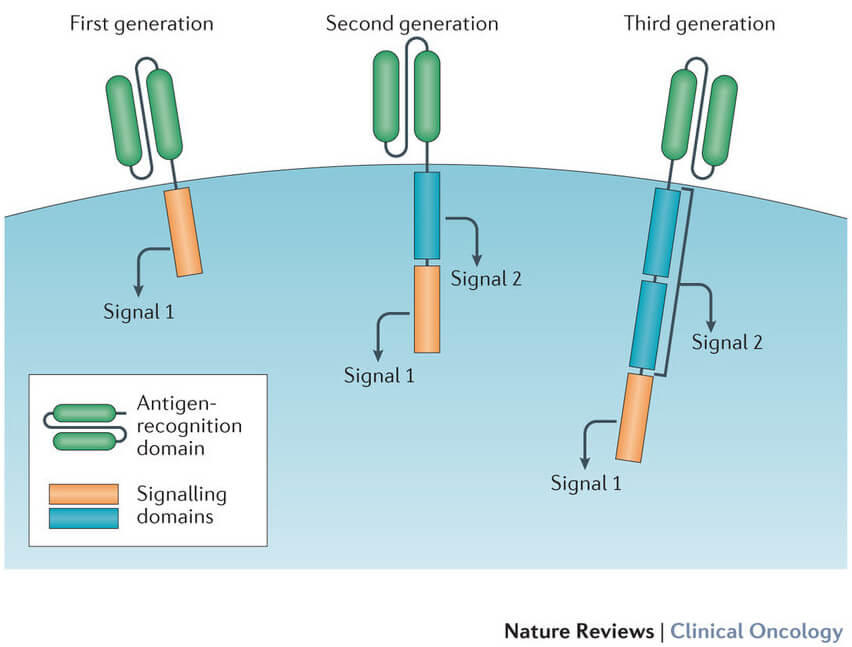
Yuvan's Overture: A Story of Triumph
Meet Yuvan Thakkar, a 16-year-old with a spirit as strong as the Himalayas. Diagnosed with leukaemia at the tender age of six, Yuvan embarked on a tough journey through chemo and bone marrow transplants. But it was CAR T therapy—the groundbreaking tisagenlecleucel (also known as Kymriah)—that gifted him a second chance.
His story unfolded in the heart of London, where the Cancer Drugs Fund (CDF) and the UK's National Health Service (NHS) joined forces to orchestrate hope. Yuvan, now a snooker champ and a holiday adventurer, dances to a new rhythm—a rhythm composed by the care and dedication of Great Ormond Street Hospital (GOSH).
_1712047262.png)
The Crescendo: How CAR T Therapy Works
-
The Genetic Dance: T cells, infused with CARs, waltz through the bloodstream, searching for their designated partners—the cancer cells.
-
The Attack: When CAR T cells encounter cancer cells, they unleash their fury—multiplying, releasing powerful chemicals, and dismantling the enemy.
-
The Side Effects: However, this symphony isn't without its off-key notes. Cytokine release syndrome (CRS) and neurologic toxicity may play their part, causing fever, confusion, and seizures.
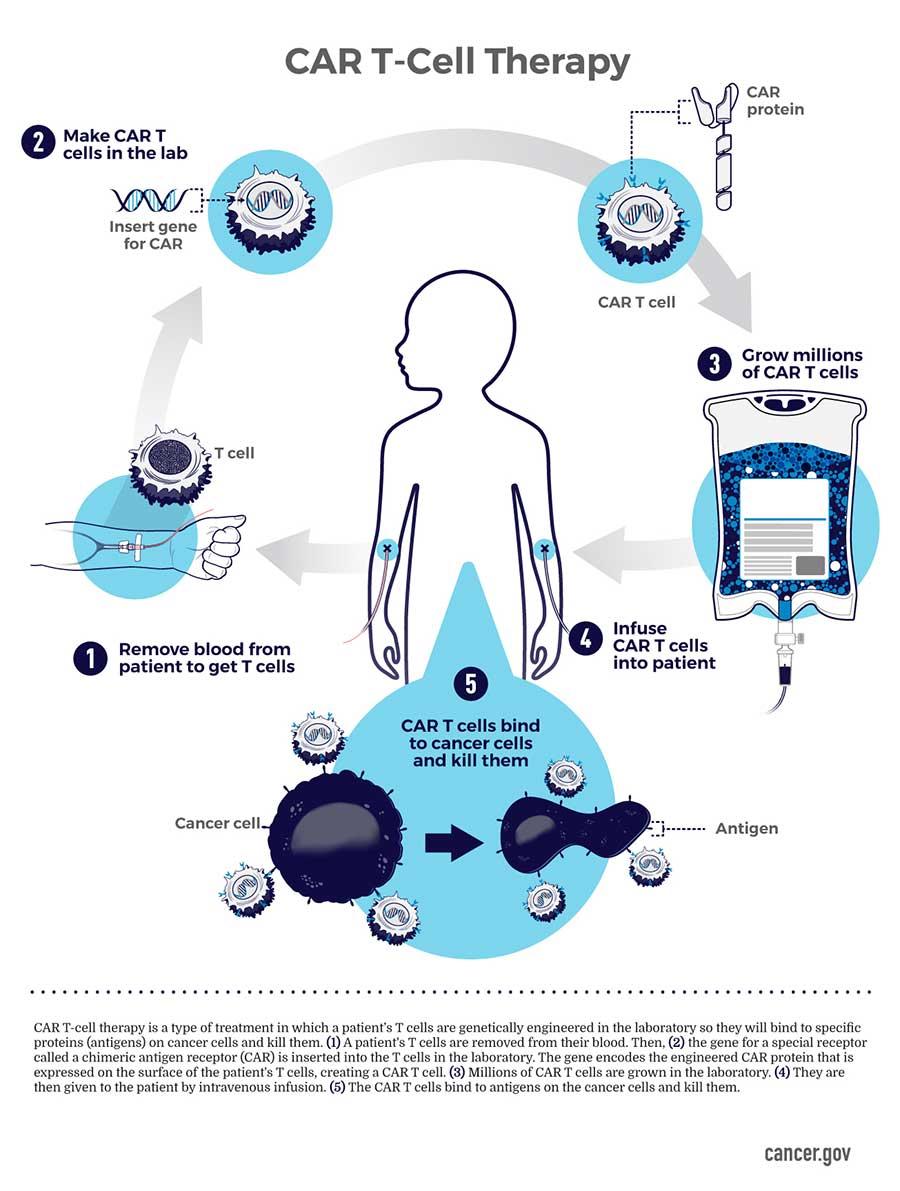
The Harmonious Repertoire: Types of Cancer Treated
-
ALL: Acute Lymphoblastic Leukaemia—the childhood nemesis—begins before CAR T therapy.
-
NHL: Non-Hodgkin lymphoma, especially its B-cell variations, yields to the CAR's melody.
-
CLL: Chronic Lymphocytic Leukaemia, though less common, awaits its turn in the spotlight.
-
Multiple Myeloma: This intricate dance with myeloma cells unfolds cautiously.
-
Other Blood Cancers: A Symphony in Progress AML, MDS, and Hodgkin lymphoma await their movements.
The Encore: Success Rates and Ongoing Research
-
Applause: Up to 90% of leukaemia patients find their encore—a full recovery.
-
The Quartet: FDA-approved CAR T therapies—Breyanzi, Tecartus, Kymriah, and Yescarta—take a well-deserved bow.
-
The Unfinished Chapters: Over 600 clinical trials compose the future, exploring CAR T's potential beyond the known notes.
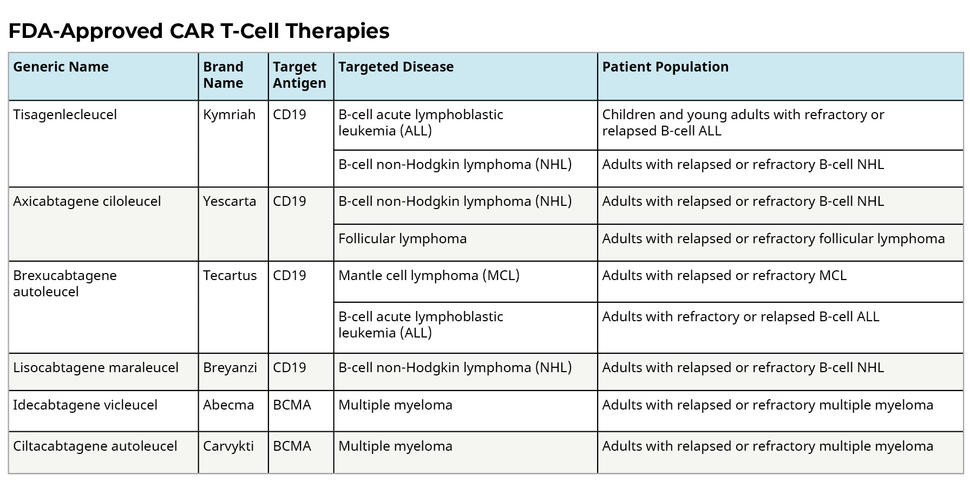
Challenges Faced by CAR T Therapy
CAR T therapy, while revolutionary, faces hurdles as it strides towards transforming cancer treatment. Let's explore these obstacles:
-
Cytokine Release Syndrome (CRS):
The Storm Within: CAR T cells, when activated, release a flood of cytokines—a double-edged sword. While they attack cancer cells, they can also cause severe flu-like symptoms, fever, and low blood pressure.
Balancing Act: Striking the right balance between effectiveness and safety remains a challenge.
-
Solid Tumours: The Tough Nut to Crack
Success in Blood Cancers: CAR T therapy has achieved remarkable success in blood cancers (like leukaemia and lymphoma).
Solid Tumours: However, its effectiveness in solid tumours (such as lung, breast, or pancreatic cancers) is less pronounced.
Elusive Antigens: Solid tumours lack reliable tumour-associated antigens, making it harder for CAR T cells to target them.
-
Tumour Microenvironment:
Hostile Terrain: Solid tumours create an immunosuppressive environment, like a fortress protecting cancer cells.
Low Oxygen: Oxygen-depleted cores within tumours limit CAR T cell function.
Reactive Oxygen Species: Enhanced ROS levels further challenge CAR T cells.
-
Antigen Escape:
Clever Tumour Cells: Some tumour cells mutate or downregulate the targeted antigens, evading CAR T cell recognition.
Bi-specific CARs: Bi-specific CARs (targeting multiple antigens) aim to mitigate this escape.
-
Limited T-Cell Infiltration:
Access Denied: CAR T cells struggle to infiltrate deep into solid tumours.
Strategies: Researchers explore ways to enhance T-cell infiltration.
-
Recurrence:
The Lingering Threat: Despite initial success, cancer recurrence remains a concern.
Long-Term Monitoring: Vigilance through regular follow-up visits is crucial.
-
Cost and accessibility:
High Costs:CAR T therapy is expensive due to personalised manufacturing.
Global Access: Ensuring global access to this transformative therapy is a challenge.
The Ongoing Symphony
Despite these challenges, researchers continue to fine-tune CAR T therapy. Strategies include identifying reliable tumour antigens, optimising tumour microenvironment-specific CAR T cells, and leveraging cutting-edge technologies like single-cell RNA sequencing and artificial intelligence.
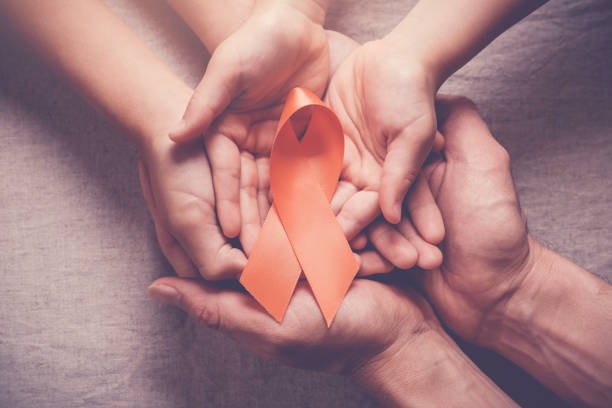
The Final Note: Recurrence and Vigilance
-
The Echo: Cancer's return whispers in the shadows.
-
The Vigil: Regular monitoring—follow-up visits, scans, and unwavering vigilance—guards against the encore of malignancy.
-
The Anthem of Hope: Yuvan's melody lingers—a testament to resilience, science, and the indomitable human spirit.
In this symphony of cells and courage, CAR T therapy plays a haunting refrain—a promise of healing, a crescendo of hope.
ⒸCopyright 2024. All Rights Reserved Powered by Vygr Media.

